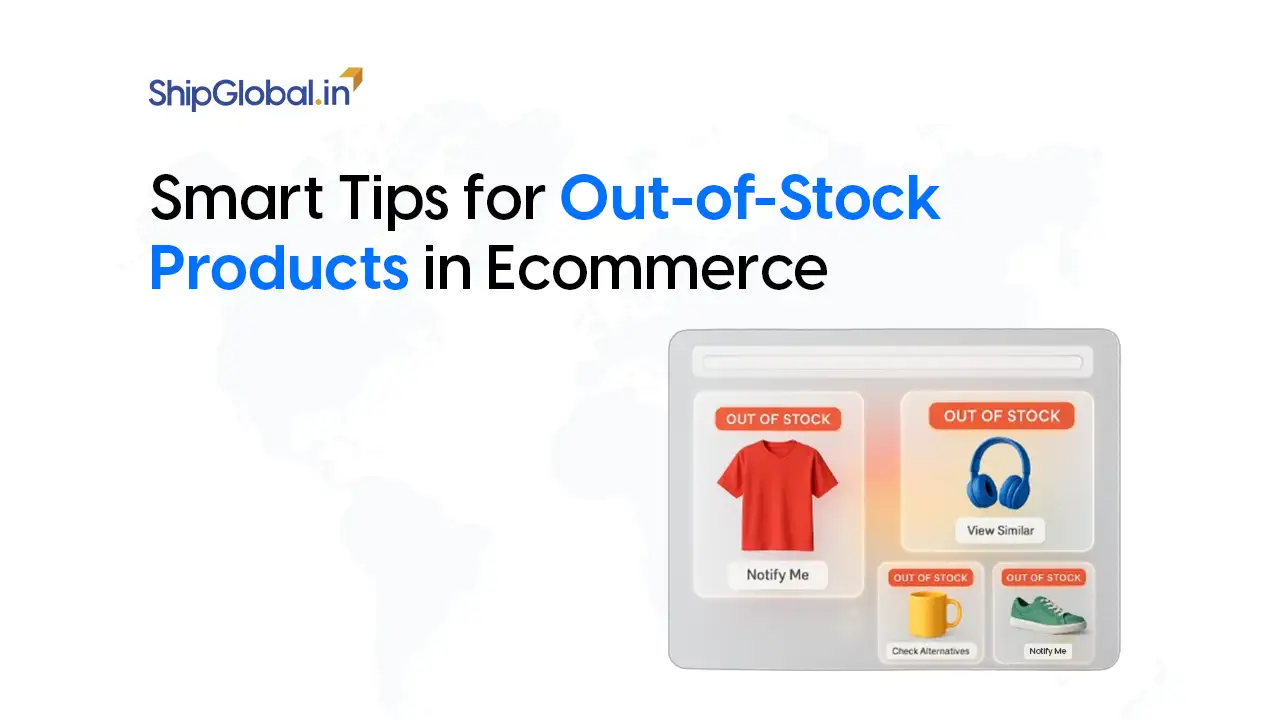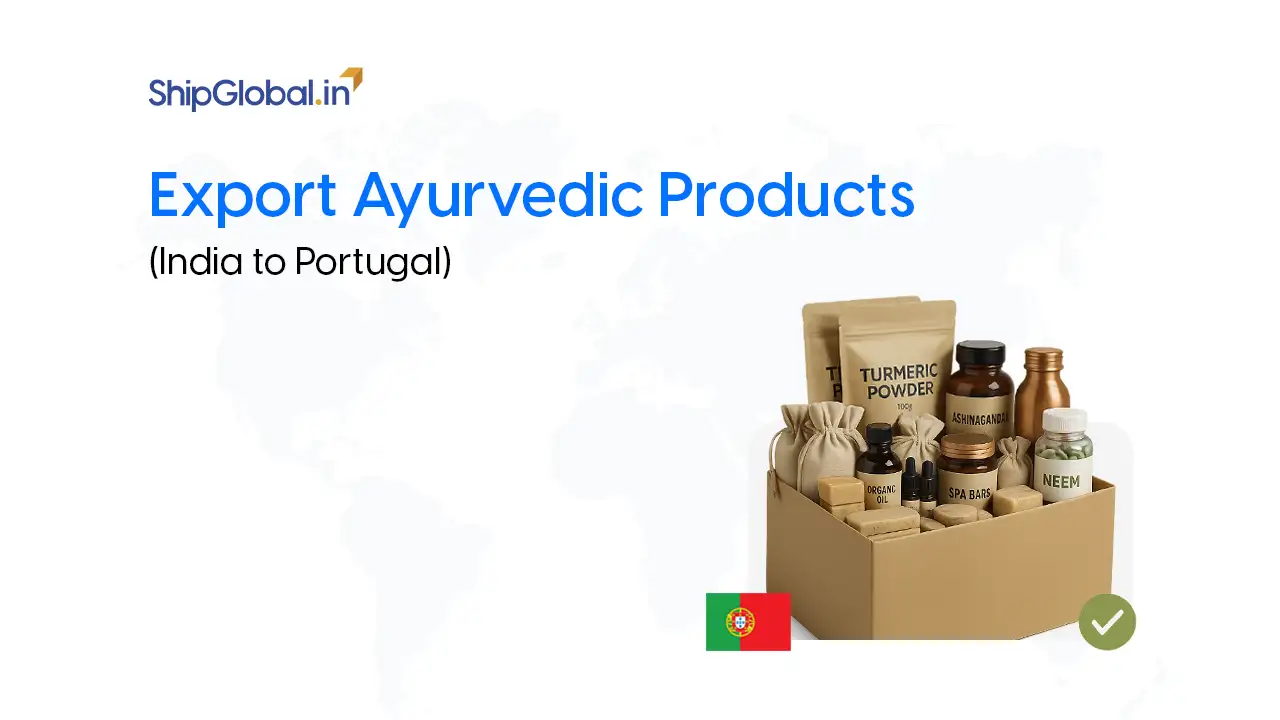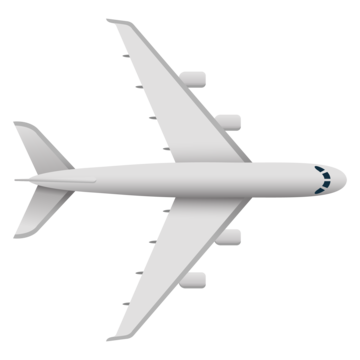The clothing industry in India is a significant contributor to the country’s economy, with a vast export market spanning across the globe. Among the top destinations for Indian apparel exports is the United States, which has a high demand for high quality, affordable, and sustainable clothing. However, exporting clothes from India to USA requires a well structured involving legal compliance, logistics, quality assurance, and strategic marketing.
In this blog, we will walk you through the essential steps to successfully export clothing from India to the USA, covering registration, regulations, pricing, logistics, and marketing.
Register Your Business
Before you start exporting clothes, you need to ensure your business is legally registered and compliant with Indian regulations. Here are the key steps:
Company Registration
Choose the type of business entity suitable for your venture
- Proprietorship (ideal for small businesses)
- Partnership (suitable for collaborations)
- Private Limited Company (recommended for scalability and credibility)
- Apply for PAN (Permanent Account Number) in the company’s name.
- Register with the Ministry of Corporate Affairs (MCA) for companies and LLPs.
- Obtain GST Registration (mandatory for exporters).
Obtain the Import Export Code (IEC)
The Import Export Code (IEC) is mandatory for any business in India looking to engage in international trade. You can obtain this from the Directorate General of Foreign Trade by submitting the required documents such as PAN card, Aadhaar, and bank details.
Register with Export Promotion Councils
- Apparel Export Promotion Council (AEPC)
- Federation of India Export Organisation (FIEO)
- Cotton Textiles Export Promotion Council
- Synthetic and Rayon Textiles Export Promotion Council (SRTEPC)
- Wool and Woollens Export Promotion Council (WWEPC)
These organisations help exporters gain credibility and access to international buyers.
Understand USA Import Regulations
Exporting to the USA requires compliance with U.S. laws and import regulations. Here are some important aspects to consider:
U.S. Customs and Border Protection (CBP)
All apparel imports must comply with the regulations set by U.S. Customs and Border Protection (CBP). You need to ensure accurate documentation, including:
- Commercial Invoice
- Packing List
- Bill of Lading
- Importer Security Filing (ISF 10+2)
Product Labeling Requirements
Ensure that your garments adhere to labeling laws enforced by the Federal Trade Commission (FTC) and Consumer Product Safety Commission (CPSC):
- Country of Origin Labeling (Must state “Made in India”)
- Fiber Content Labeling (Mention fabric composition for e.g.100% cotton)
- Care labels (Washing and maintenance instructions)
Product Safety Standards
Clothing products must comply with U.S. safety standards, particularly for flammability, lead content, and chemical usage. If you are exporting children’s clothing, compliance with the Consumer Product Safety Improvement Act (CPSIA) is mandatory.
Tariffs and Duties
Different types of clothing products have varying duty rates. You can check the Harmonized Tariff Schedule (HTS) to determine applicable tariffs.
Sourcing and Manufacturing
Find Reliable Suppliers
If you are not manufacturing your clothing yourself, partner with ethical and reliable suppliers in India. Key textile hubs include:
- Tiruppur (Tamil Nadu) – Knitwear and cotton garments
- Ludhiana (Punjab) – Woolen garments
- Surat (Gujarat) – Synthetic and polyester fabrics
- Delhi and Mumbai – Fashion apparel
- Bengaluru (Karnataka) – High-quality garments, shirts, trousers, kidswear, major export hub
- Chennai (Tamil Nadu) – Leather garments, cotton textiles, uniforms
- Kolhapur & Ichalkaranji (Maharashtra) – Powerloom fabrics, denim, cotton textiles
- Kanpur (Uttar Pradesh) – Leather garments, canvas fabrics, uniforms, industrial textiles
- Varanasi (Uttar Pradesh) – Handloom, silk sarees, traditional textiles
- Jaipur (Rajasthan) – Hand block prints, ethnic wear, cotton fabrics
- Kolkata (West Bengal) – Jute textiles, handloom, ethnic wear, kidswear, fashion apparel
- Erode (Tamil Nadu) – Towels, bedsheets, home textiles, cotton fabrics
- Panipat (Haryana) – Home furnishings, blankets, rugs, textiles
Ensure Quality Control
U.S buyers expect high-quality products, so implementing a Quality Control system (QC) is crucial. Considering obtain ISO 9001 certification for quality assurance. ISO 9001 is an international standard that specifies requirements for a quality management system (QMS). It helps businesses improve their processes, enhance customer satisfaction, and ensure consistent product quality.
Pricing
Costing Strategy
To determine a profitable yet competitive price, consider:
- Cost of raw materials and production
- Packaging and labeling costs
- Logistics and shipping expenses
- Custom duties and taxes in the USA
- Profit margin
Shipping and Logistics
Choose the Right Mode of Transport:
- Air Freight – The transportation of goods via aircraft. It is the fastest mode of shipping, ideal for urgent and high value shipments, but it is also more expensive than sea freight.
- Sea Freight – The transportation of goods via cargo ships. It is a cost effective solution for large and bulk shipments but takes longer than air freight.
Work with Reliable Freight Forwarders
Some of the best freight forwarding companies include:
- DHL
- FedEx
- UPS
- ShipGlobal
Customs Clearance in the USA
- File the Importer Security Filing (ISF 10+2) before shipping
- Engage a licensed customs broker to manage duty payments and documentation
- Use bonded warehouses for smooth import handling
Marketing and Distribution in the USA
Find Buyers in the USA
To reach potential buyers, you can:
- Register on B2B platforms like Alibaba, IndiaMART etc.
- Connect with fashion retailers and distributors.
Selling Directly to Customers
If you want to sell directly to consumers, consider:
- E-commerce platforms like Amazon, eBay, Walmart Marketplace
- Launching your own website using Shopify or WooCommerce
- Social media marketing (Instagram, Facebook)
Branding and Positioning
- Highlight “Made in India” craftsmanship.
- Use eco-friendly fabrics and sustainable practices to appeal to environmentally conscious buyers.
- Partner with influencers and fashion bloggers to increase visibility.
Challenges and How to Overcome Them
Regulatory Compliance Issues
- Hire export consultants for legal guidance.
- Regularly check updates on U.S. import regulations.
Competition in the Market
- Focus on unique designs, quality, and branding.
- Offer competitive pricing with value added services like customization and fast shipping.
Logistics and Shipping Delays
- Work with reliable shipping partners.
- Keep backup suppliers to avoid production delays.
Conclusion
Exporting clothes from India to the USA can be highly profitable with the right approach. By ensuring legal compliance, maintaining high-quality production, and leveraging smart marketing strategies, you can build a successful export business. Start by registering your company, understanding U.S. import regulations, sourcing quality garments, setting competitive pricing, and choosing the right shipping and distribution channels.
If you need assistance with finding buyers, logistics, or documentation, consider working with an experienced export consultant or joining relevant trade associations for guidance. With dedication and the right strategies, your clothing export business can thrive in the U.S. market!
Frequently Asked Questions (FAQs)
Yes, you need an Import Export Code (IEC) from the Directorate General of Foreign Trade (DGFT) in India.
Key documents include a commercial invoice, packing list, bill of lading, Importer Security Filing (ISF 10+2), and certificates of origin and compliance
You can find buyers through B2B platforms like Alibaba, trade fairs, and direct partnerships with retailers and wholesalers.
Air freight is faster but more expensive, while sea freight is cost-effective for bulk shipments.
Yes, the USA imposes customs duties on imported garments. The exact rate depends on the fabric type, garment category, and HS code classification. It’s important to check the U.S. Harmonized Tariff Schedule (HTS) to determine applicable duties.
Yes, depending on the garment type. The USA requires compliance with Consumer Product Safety Commission (CPSC) standards, including flammability, labeling, and safety certifications—especially for children’s clothing. Always confirm compliance before shipping.









